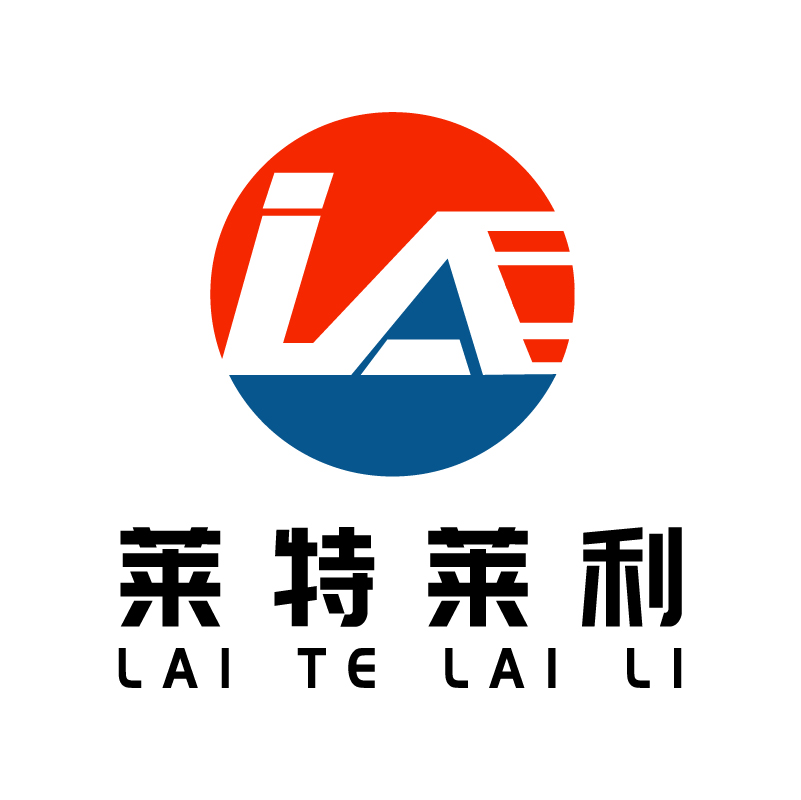Are the ink components of the carbon belt safe for human skin contact?
The safety of the ink composition of the carbon strip on human skin contact is a complex issue because the composition and properties of the ink vary, and the human body's reaction to chemicals varies from person to person. However, based on the available information and general knowledge, we can make some general discussions on the subject.
Ink composition Overview
Carbon strip inks are mainly composed of pigments, resins, waxes and additives. These components play different roles in the ink, such as pigments give ink color, resins are used to cure ink, and waxes affect ink transfer performance and print quality.
Safety assessment of skin contact
1.Pigments and additives: Pigments and certain additives in inks may cause irritation or allergic reactions to human skin. In particular, certain heavy metal pigments (such as lead, chromium, cadmium, mercury, etc.) and certain organic compounds can be toxic and cause damage to the skin under prolonged exposure.
2.Resins and waxes: Resins and waxes are commonly used in inks to increase their adhesion and stability. These components may form a relatively stable film after curing, but may still cause skin irritation if not cured or improperly handled.
3.Volatile Organic Compounds (VOCs) : Inks may contain volatile organic compounds that are released during the ink drying process. Although most VOCs are eliminated after the ink dries, residual parts can still cause skin irritation or inhalation hazards.
Safety measures and precautions
1.Personal protection: When handling ink and carbon strips, wear appropriate personal protective equipment such as gloves, masks, and protective glasses to reduce the risk of skin contact and inhalation of hazardous substances.
2.Good ventilation: Ensure that the working area is well ventilated in order to remove harmful gases and particles in time.
3.Avoid prolonged contact: Minimize the chance of continuous contact with ink and carbon strips for a long time, take regular breaks and clean your hands.
4.Choose high quality products: Choose carbon strip and ink products that meet international or industry standards, which generally have lower toxicity and better safety.
5.Health monitoring: Regular health checks are conducted to detect and treat any health problems associated with ink exposure early.
Conclusion
The safety of the ink composition of the carbon strip on human skin contact depends on a number of factors, including the specific composition of the ink, the treatment method and the contact time. Although the ink may contain substances harmful to the human body, by taking appropriate safety measures and precautions, you can minimize the damage caused by these substances to the skin. Therefore, when handling ink and carbon strips, it is important to follow the relevant safety regulations and operating procedures.



